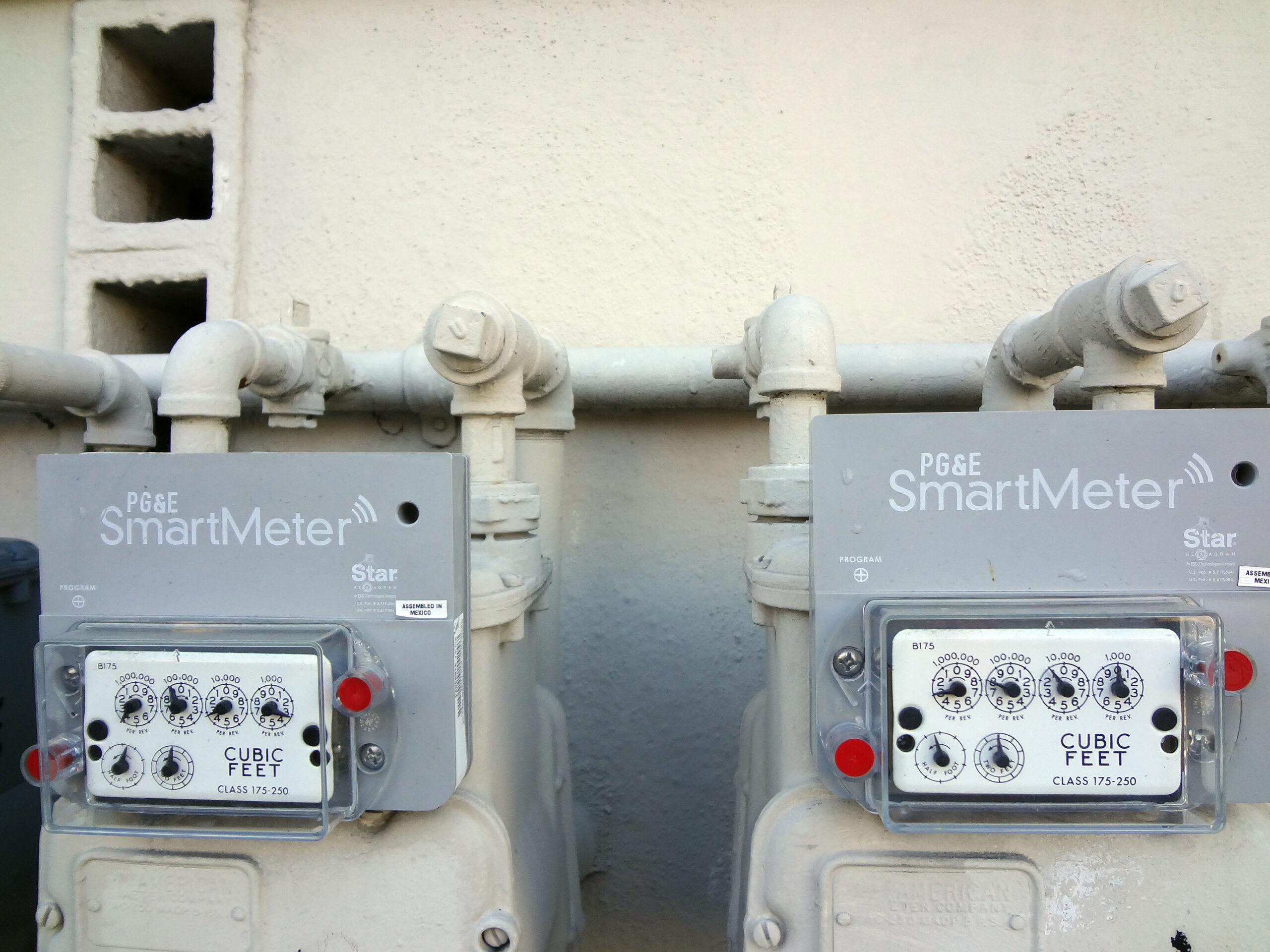Pacific Gas & Electric officially became California’s most expensive power provider this January.
The designation, calculated by the California Public Advocates Office, comes after the company won approval from state regulators to raise rates about $30 per month, or about $400 per year, for the average customer to cover the cost of burying power lines and other wildfire safety efforts.
That cost bump, however, is only the beginning. PG&E just this month asked state regulators to allow it to increase the average bill by $15 per month perhaps later this year, and observers believe more rate hikes beyond that are on the way.
The $30-per-month hikes are the first time PG&E has been awarded a rate increase since 2020. Wildfire lawsuits have dogged the company for years. The utility reached a $45 million settlement with regulators Thursday for its involvement in the 2021 Dixie Fire, which was caused when a tree fell onto its equipment.
The vast majority of households and businesses in San Francisco—some 385,000—get energy from CleanPowerSF, the San Francisco Public Utilities Commission’s power service. But they are not immune from the PG&E increases.
CleanPower SF relies on PG&E’s transmission wires and poles to distribute its electricity.
PG&E announced in early January that transmission service rates for CleanPowerSF and other such Community Choice Aggregators like Peninsula Clean Energy in San Mateo County and MCE in Marin County would increase by an average of 24% this year.
However, CleanPowerSF did not change its rates for raw electricity on Jan. 1, and its customers will see a modest savings compared with PG&E customers. An average residential CleanPowerSF customer will save about $8 per month this year by getting their electricity from CleanPowerSF instead of PG&E.
Mark Toney, a consumer advocate with The Utility Reform Network, predicts PG&E will try to increase rates by a total of $100 per customer per month this year based on shareholder documents outlining plans to recoup billions of dollars spent on wildfire-proofing its systems.
Because CleanPowerSF customers rely on PG&E equipment, “every PG&E increase hits their pocketbook,” Toney said.
PG&E, for its part, categorically says no other increases are in the works this year.
“Based on PG&E’s rates forecast, which includes proposed increases and also decreases, average residential customer bills could increase by approximately $15 for the remainder of 2024,” PG&E spokesperson Mike Gazda said.
John Cote, a spokesperson for the San Francisco Public Utilities Commission, said before PG&E’s latest rate hikes, PG&E’s moves show why public-owned utilities should be expanded.
“These PG&E rate increases just underscore why it’s important to expand public power by buying out PG&E in San Francisco,” Cote said. “Public power is a better option—and the only way to end PG&E price-gouging. San Franciscans are paying PG&E too much for too little, and it’s only getting worse.”
CleanPowerSF sets rates for the power it sells every July through a public process. If PG&E is granted another rate hike between now and July, CleanPowerSF rates will remain the same until at least July.
The utilities commission has been trying to acquire PG&E’s local electric assets in order to expand public power.
“Public power can deliver electricity at a lower cost than PG&E,” Cote said. “Currently, not only are our rates lower than PG&E’s, San Francisco also has one of the strongest credit ratings of any municipality in the country, and we do not have to pay the taxes PG&E does.”
To date, despite overtures from Mayor London Breed, no deal with PG&E has been reached.
“We do not believe that [San Francisco’s] interest in buying PG&E’s infrastructure would be in the public interest, considering the impacts both on San Francisco residents and on the remainder of PG&E’s customers,” Gazda said. PG&E serves a wide swath of the state, from central California to the far north.
There are still thousands of PG&E ratepayers in San Francisco who have not moved over to CleanPowerSF. The utilities commission said it is watching to see whether the giant utility’s recent rate hikes could spur more conversions to the public power provider.
